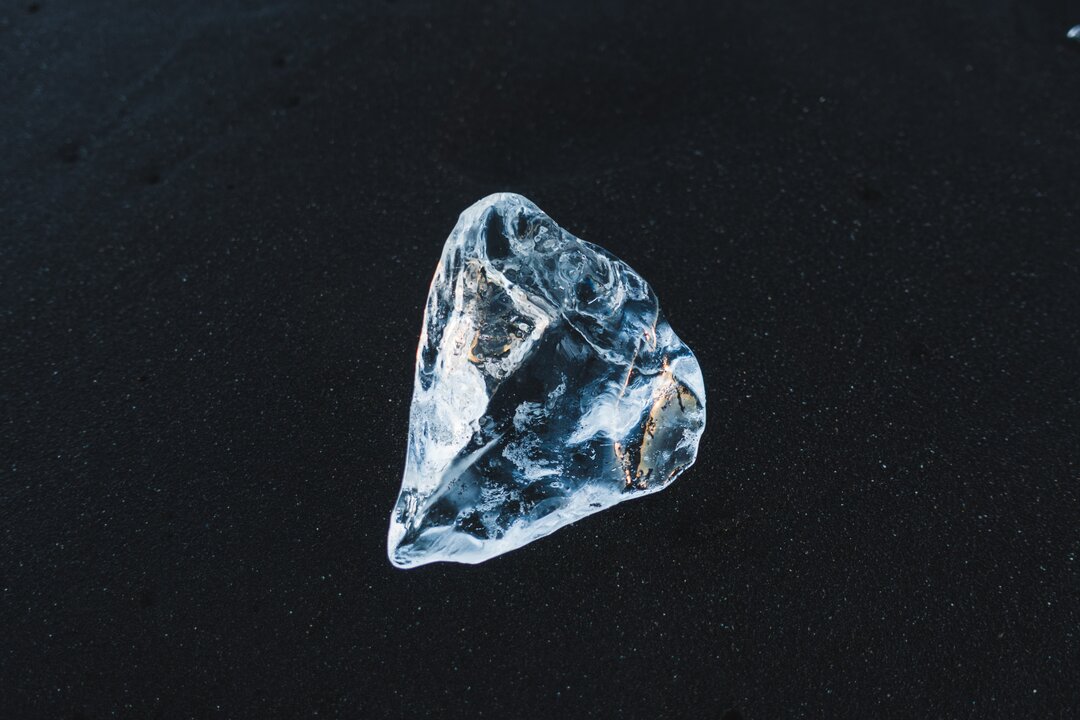

Nicks, scratches, chips and abrasions are examples of blemishes introduced during the handling, mounting or wearing of a diamond. Extra facets, polish lines (thin parallel grooves and ridges) or burns (from excessive heat on the polishing wheel during cutting) are examples of blemishes introduced during the manufacturing process. VVS1 Clarity in Diamonds What Are Blemishes on a Diamond?Īccording to the GIA: “Blemishes occur after a diamond’s formation, during the cutting, mounting, and wearing of a polished diamond.

An internally flawless clarity diamond might contain minor blemishes which are present on the surface of the diamond, but the diamond is “internally flawless” because there are no inclusions visible within the diamond (internally) at 10x magnification. Suffice to say that the primary difference between the flawless and internally flawless clarity grades is as simple as internal versus external. Simple enough when you think about it, but this slight difference in the descriptions throws a lot of people for a loop! (pun intended)
FLAWLESS DIAMOND CO FREE
With this in mind, a flawless diamond does not contain inclusions OR blemishes which are visible under 10x magnification, while an internally flawless diamond is free of inclusions, but might contain blemishes. Whereas a diamond is considered to be flawless when a trained grader does not observe any inclusions OR blemishes while evaluating the diamond using 10x magnification. I have to admit that at first glance, the definition of a flawless and internally flawless diamond might seem quite similar, but the difference is defined by the use of the and/or statement.įlawless vs Internally Flawless Diamonds:Ī diamond may be graded as internally flawless if no inclusions are visible under 10x magnification AND only blemishes are present. In the case of a flawless diamond, a trained grader is unable to find any inclusions or blemishes while evaluating the diamond using 10x magnification. Whereas the GIA defines the grading criteria for a Flawless (FL) diamond to mean that “No inclusions or blemishes are visible to a skilled grader using 10× magnification.”Īs you have noted, the difference between a Flawless and Internally Flawless diamond is very slight. When I read the definitions of the diamond clarity grades as described by the GIA Laboratory, the grading criteria for flawless and internally flawless diamonds seems to be the same? With this in mind, could you explain the differences between flawless and internally flawless diamonds in layman’s terms? Thank you.” The Meaning of Internally Flawless Diamond Clarity:Īccording to the Gemological Institute of America (GIA) the Internally Flawless (IF) clarity grade means that “No inclusions and only blemishes are visible to a skilled grader using 10× magnification.” To be honest, I’m not looking for anything this expensive, I’m more just curious about what the clarity term internally flawless means. “What exactly is an Internally Flawless diamond? I ran across this 1.02 carat, D-color, Internally Flawless, Brian Gavin Signature diamond while searching for one carat diamonds.


 0 kommentar(er)
0 kommentar(er)
